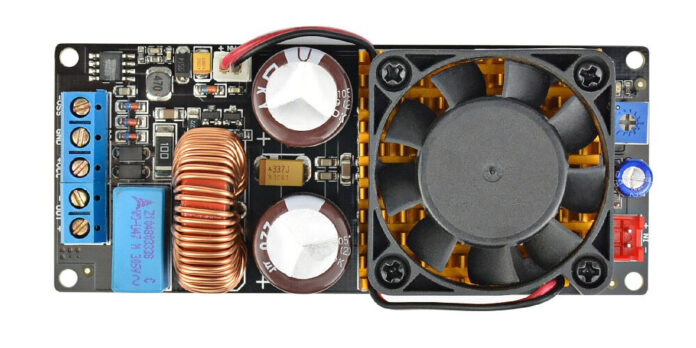Class-d amplifiers are electronic amplifiers used as power switching amplifiers. They are also known as digital amplifiers. These devices take an incoming analog input signal and then create pulse width modulation or pulse density modulation (PWM or PMD). The amplifier then converts the input into a series of impulses to amplify the input into MOSFET. An external low pass filter is usually applied to recover the amplified audio. This write-up discusses class-d amplifier advantages.
What are the advantages of class-d amplifiers?
As mentioned previously, class-d amplifiers are quite popular. Their popularity can be attributed to the fact that they offer several benefits. The following are some of the most common advantages of class-d amplifiers;
1. High efficiency
One of the most common or the most talked-of benefits of class-d amplifiers is that they offer high efficiency. These amplifiers provide a low power dissipation. This element allows for incredible performance and great output. Additionally, class-d amplifiers can be used for a wide range of purposes. The high efficiency of these amplifiers can also be attributed to their size and weight. These amplifiers weigh significantly less than other amplifiers (A, B, and AB).
2. A wide range of applications
Another advantage of class-d amplifiers is that they can be used for a wide range of applications. It is worth mentioning that these amplifiers can accommodate a wide range of applications with a low minimum connection load. Additionally, the amount of load does not affect the battery conversion rate. Therefore, these amplifiers are ideal for a wide range of applications.
3. They are great for mass production
Class-d amplifiers are also ideal for mass product production. This is only possible if you ensure that the amplifier components are installed in the right way. Doing this allows you to make the products highly consistent. With class-d amplifiers, no debugging is required. This is because these devices are safe and highly reliable.
4. They produce clearer sound
Another advantage of class-d amplifiers is that they offer clearer sound. This is because class-d power amplifiers lack high and intermediate frequencies. This element allows for relative frequency adjustments and the production of clear sound. Class-d amplifiers also produce a clearer sound image positioning.
5. They provide versatile functionality
Class-d amplifiers also provide versatile functionality. Some of the functions they can perform are; group and remote control, audio monitoring, and several other functions. It is worth noting that class-d amplifiers do not need any other equipment for their versatile functionality.
6. They are more power-efficient
Additionally, class-d amplifiers are quite power-efficient compared to other amplifiers like class-a, b, and a-b. These amplifiers require a smaller heat sink and power source. This is one of the primary reasons why these amplifiers are lighter than their counterparts. This is also a distinct advantage of class-d amplifiers. Class-d amplifiers have a high energy use conversion rate. Moreover, class-d amplifiers are designed to meet environmental protection requirements.
Conclusion
While class-d amplifiers are highly advantageous, they also have a few disadvantages. One of these disadvantages is that they offer the potential for power fluctuation. While there are several disadvantages, the advantages mostly outweigh the downsides.







